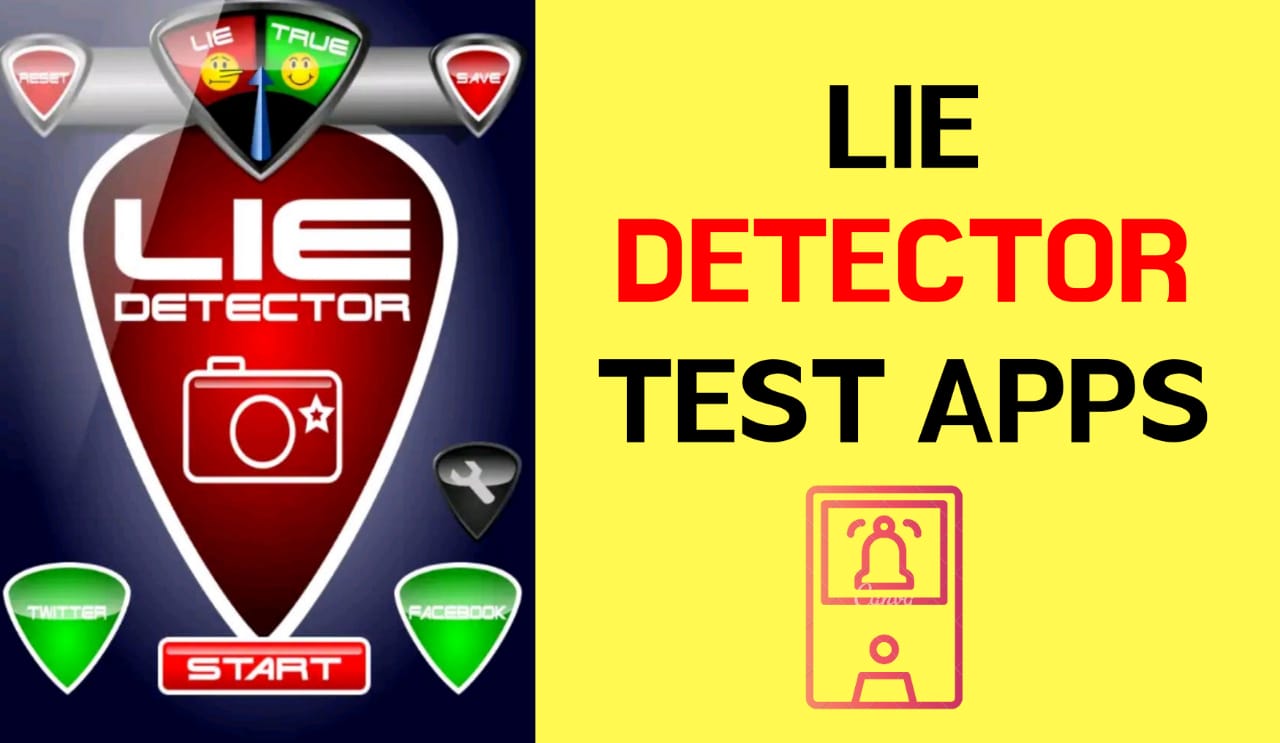Unveiling the Truth: The Power of Lie Detector Tests
Unveiling the Truth: The Power of Lie Detector Tests
Blog Article

In a world where truth can often be elusive, the quest for ways to uncover deception has led to the intriguing realm of lie detector tests. These tests, also known as polygraphs, have long captured the imagination of both the scientific community and the public at large. The idea of a machine that can determine the veracity of one's words simply by monitoring physiological responses is both fascinating and controversial.
History of Lie Detector Tests
Lie detector tests, also known as polygraph tests, have a long and intriguing history. The concept of using physiological indicators to detect deception dates back to ancient times, when various methods such as observing bodily reactions were employed to determine the truthfulness of individuals.
In the early 20th century, advancements in technology led to the development of the modern polygraph machine. The polygraph was designed to measure physiological responses such as heart rate, blood pressure, respiratory rate, and skin conductivity in order to assess the credibility of a person's statements.
Over the years, lie detector tests have been used in various settings, including criminal investigations, employment screenings, and government security clearances. Despite ongoing debates surrounding their accuracy and reliability, polygraph tests continue to be a widely used tool in the quest for uncovering the truth.
How Lie Detector Tests Work
Lie detector tests, also known as polygraph tests, operate on the principle that physiological changes occur when a person lies. The test measures various bodily responses such as heart rate, blood pressure, respiration, and skin conductivity to determine signs of deception.
During a lie detector test, the examinee is asked a series of questions while sensors are attached to their body to monitor the physiological responses. The examiner analyzes the data from the sensors and looks for patterns in the physiological responses that may indicate deception.
It is believed that when a person tells a lie, their body undergoes stress responses that can be detected by the polygraph machine. However, the accuracy and reliability of lie detector tests have been a subject of debate among experts, with some questioning their validity as a foolproof method of detecting deception.
Accuracy and Controversies
http://floridapolygraphexams.com/
Lie detector tests are often touted as highly accurate tools for detecting deception. Proponents claim that these tests have a high success rate in identifying when someone is lying based on physiological responses such as heart rate, blood pressure, and skin conductivity. However, many experts argue that the accuracy of lie detector tests is not foolproof and can be influenced by various factors, including the individual's psychological state and the skill of the examiner.
One of the main controversies surrounding lie detector tests is the issue of false positives and false negatives. False positives occur when the test wrongly indicates that someone is lying, while false negatives occur when the test fails to detect deception in someone who is actually lying. Critics argue that these errors can have serious consequences, leading to unjust accusations or the wrongful exoneration of guilty individuals. This has raised concerns about the reliability and validity of lie detector tests in legal and investigative settings.
Despite the controversies surrounding their accuracy, lie detector tests continue to be used in various fields, including law enforcement, national security, and employment screening. While some believe that these tests are valuable tools for uncovering the truth, others question their scientific validity and ethical implications. As the debate over the reliability of lie detector tests continues, it remains essential to approach their results with caution and consider them as one piece of evidence rather than definitive proof of deception.
Report this page